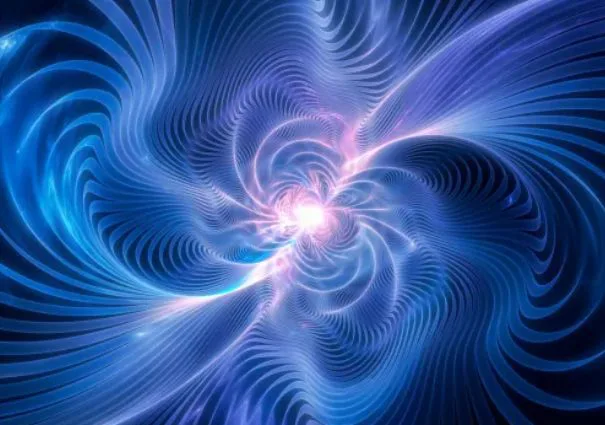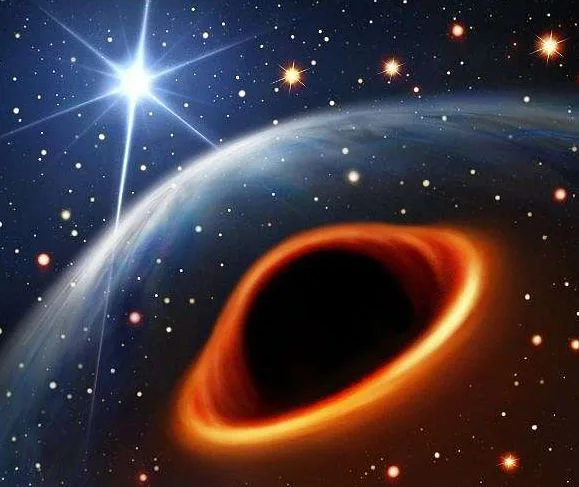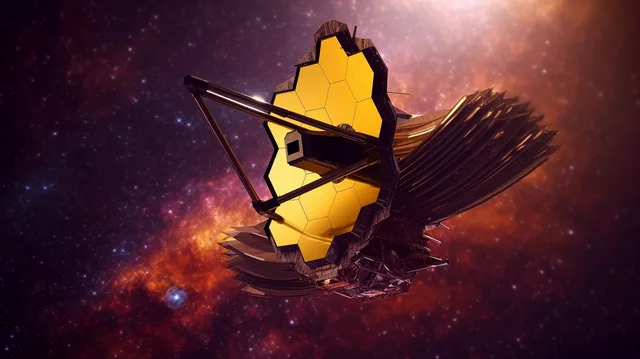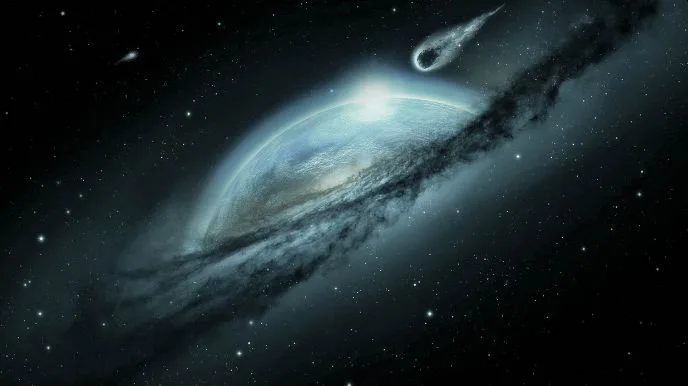
Tiny meteorites from the icy outer reaches of the Solar System might be the reason nitrogen ended up near Earth. Yes, we are talking about the early days of our solar system.
A team of scientists from the University of Hawai’i at Manoa along with Kyoto University and others from around the globe recently published their discovery in Nature Astronomy.
Potential Building Blocks of Life Hitched a Ride Near Earth
Nitrogen compounds, like ammonium salts, are common in materials originating far from the sun. But we never really figured out how they ended up in Earth’s orbit.
Hope Ishii, the co-author of the study, suggested that more of those nitrogen compounds might have hitched a ride near Earth than it was previously imagined. And it could be the secret sauce or the real building blocks for life on our home planet!
Ryugu a Carbon-Rich Asteroid
There’s this little rock called Ryugu, orbiting the sun like other asteroids. Japan’s Hayabusa2 spacecraft swung by in 2020 and snagged some stuff from Ryugu’s surface.
The space community is buzzing about it because the tiny rock got this crazy carbon richness about itself. And it has seen some serious action from space weathering. For instance, it got smacked by micrometeorites and zapped by charged ions from the sun.
Micrometeorites are tiny particles or fragments from comets and asteroids. Although, they are small in size, they can travel at high speeds and impact with enough force to cause damage.
While charged ions from the sun, typically refers to the solar wind. The solar wind is a stream of charged particles, primarily electrons and protons. They are continuously emitted from the outer layers of the sun, particularly the solar corona. They can also contribute to the erosion of surfaces over time and this case, our small rock called, Ryugu.
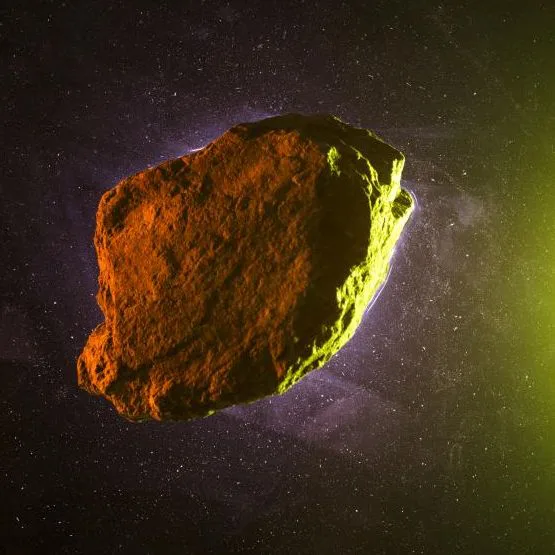
Ryugu rich with Iron Nitride Minerals
Scientists were on a mission to learn more about the stuff floating around Earth’s orbit, especially near Ryugu. For signs of space weathering, they took a close look at Ryugu samples using an electron microscope.
The samples’ surfaces are decked out with these tiny minerals made of iron and nitrogen, calling them iron nitride (Fe4N).
Meteorite Chemistry
Toru Matsumoto, assistant professor at Kyoto University, pointed out that these little meteorites, the micrometeorites, loaded with ammonia compounds, took a trip from icy celestial bodies, and slammed straight into Ryugu.
These collisions (of micrometeorites) kicked off some serious chemical reactions on magnetite. Thus, cooking up that iron nitride we’ve been talking about. Magnetite is a mineral found on the surface of Ryugu.
Space Alchemy
The team found iron nitride chilling on the surface of magnetite, which is all about iron and oxygen atoms. So, when this magnetite faces the great outdoors of space, it loses some oxygen atoms from its surface.
Why? It is due to the impact from hydrogen ions from the sun (solar wind). This results into the metallic iron that shows up on the magnetite’s surface. Gradually, it teams up with ammonia and cook up the ideal conditions for iron nitride.
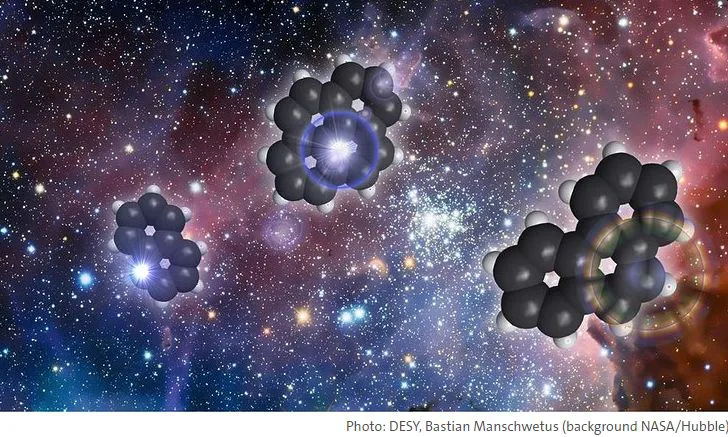
Takeaway
The study is all about space chemistry. It’s like the universe’s own chemistry lab, and these scientists are the cosmic chemists, unlocking the secrets hidden in space.
So, in a nutshell, this study isn’t just about some space rocks; rather it’s about rewriting the story of our solar system, peering into the possibility of life beyond our blue planet, and gearing up for space exploration with a high-tech toolkit.
As our gadgets get smarter, who knows what other celestial secrets they’ll uncover? It’s a wild cosmic ride, and we’re all just strapping in for the adventure!
Source: Kyoto University

